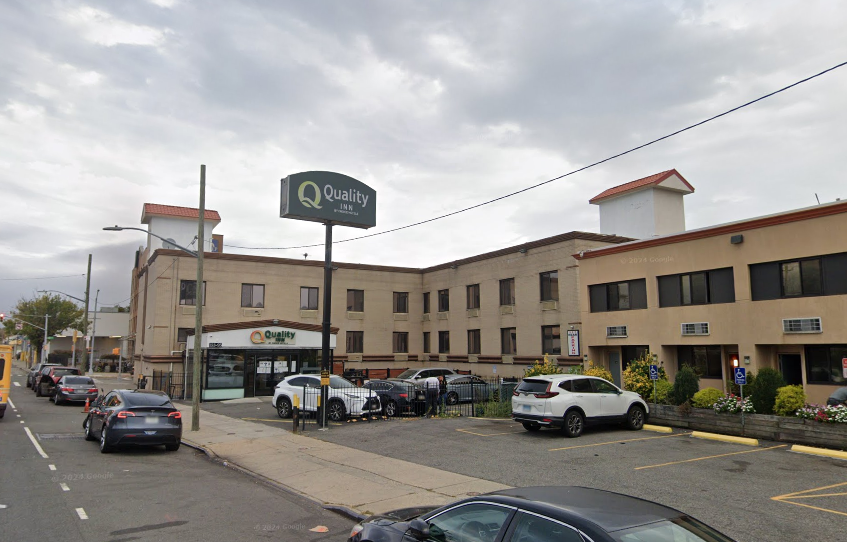
Two East Harlem residents filed a lawsuit Thursday challenging the city’s recent rezoning of the neighborhood, claiming the move was preceded by analyses that failed to account for pressures facing them and other rent-stabilized tenants.
The suit claims the city did not consider rent-stabilized housing tenants when estimating how many East Harlem residents could be vulnerable to displacement after a rezoning, and what the city could do to protect them.
“They assume that upward pressure on rent is not going to effect rent stabilized tenants, and that’s not true,” said Jennifer Levy, supervising attorney of the Civil Law Reform Unit at the Legal Aid Society, which represents the two tenants. “There are ways of deregulating rent-stabilized apartments. If you get a tenant to leave, for instance, and then you do improvements, and it puts it over the threshold.”
Levy said the city overlooked her clients, who live in rent stabilized units at 1662 Park Ave. In court papers, the clients allege Joco Group LLC began a harassment campaign in 2012 designed to get long-term tenants to vacate their apartments, including refusing to provide lease renewals, visiting units daily and telling occupants to vacate and holding off on necessary repairs. When units were vacated, the landlord renovated them, leading to quick turnover within the building, the lawsuit said.
Joco Group LLC did not immediately comment on the allegations.
Mayor Bill de Blasio’s administration argued that East Harlem includes several protections for rent-regulated tenants, including providing legal services to tenants in housing court and sending staffers door-to-door to inform residents about their housing rights.
“It’s a sad day when groups try and grab headlines by trying to halt new schools, parks, anti-eviction services and thousands of affordable apartments for some of the lowest-income New Yorkers,” de Blasio spokeswoman Melissa Grace said in a statement. “This plan invests in the very people who call East Harlem home today. We stand by it.”
The Legal Aid Society is requesting to combine the East Harlem matter with a case it previously filed on behalf of clients challenging the city’s decision to redevelop the Bedford-Union Armory in Crown Heights.
Both moves rely on faulty practices included in the city’s manual for assessing the impacts of land use decisions, Levy said.
Besides not factoring in rent-stabilized tenants, Levy said the manual allows the city to argue in certain circumstances that the potential for displacement does not need to be studied further because the area in question has already experienced gentrification.
“They say, if there has already been gentrification in the neighborhood, then this act is not going to be the cause of gentrification, so we don’t think that we have to study the adverse impacts of it,” Levy said. “They don’t have to do a detailed analysis of displacement because rents are already unaffordable to the median household.”
Levy said manual protocols function like most city rules, but they were not set according to standard rule-drafting procedures, which includes soliciting public comment.
Legal Aid Society’s clients would like the court to deem the analyses related to the East Harlem and Bedford-Union Armory plans null and void. The clients also want the court to require that the city revamp its manual through the traditional rule-making process and begin factoring rent-stabilized tenants into its displacement analyses.
In the meantime, the city is weighing rezonings in Inwood and along Jerome Avenue in the Bronx that rely on the same displacement analysis techniques, Levy said.
“We are concerned with the manual and its faulty assumptions and the way that they’re applied in all these cases,” Levy said.

































